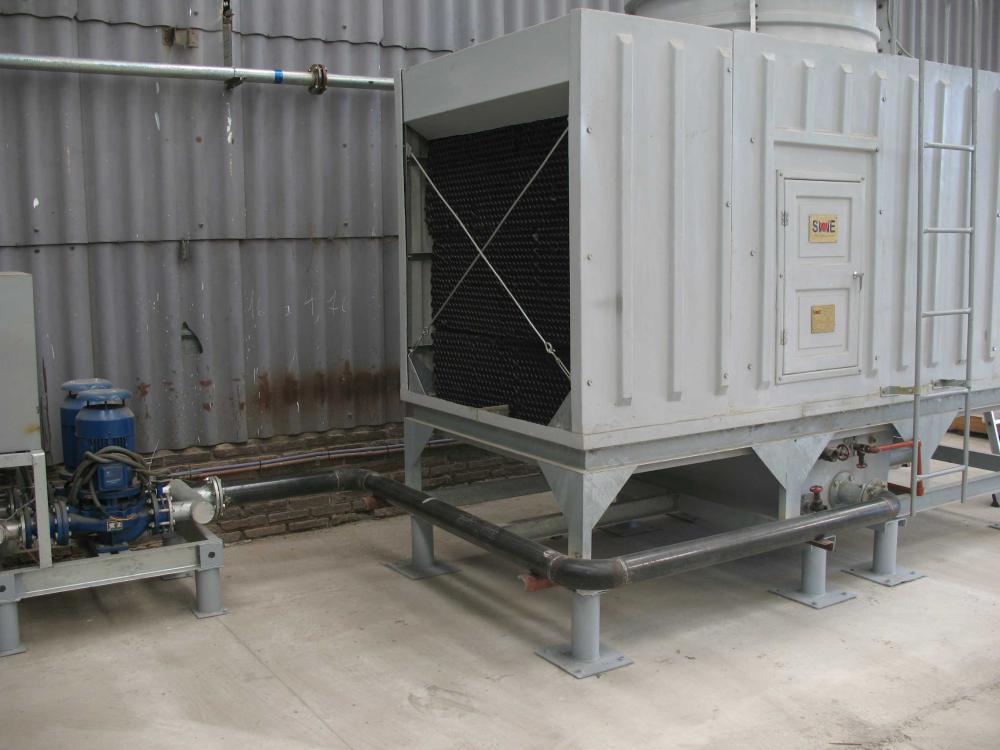Longitudinal cracks on the surface of the continuous casting billet are due to the unevenness of the thickness of the primary billet shell on the bending moon surface of mould, which acts on the tensile stress of the billet shell exceeding the allowable strength of the steel, leading to fracture at the weak point of the shell and expansion in the secondary cooling zone after leaving the mould.
To prevent the emergence of longitudinal cracks in the cast billet, we should focus on checking the alignment of the water spout with the mould, protecting the slag melting performance, the mould liquid surface amplitude, and the sulfur and phosphorus content of the steel. The misalignment of the water outlet and the mould will form a bias flow to scour the solidification shell, and the poor performance of the protective slag will bring the local billet shell too thin; the larger the mould liquid surface amplitude, the higher the incidence of longitudinal cracks; The content of phosphorus and sulfur in the steel is high, the high temperature strength and plasticity of steel is reduced, and longitudinal cracks are likely to occur.
The transverse crack is generated at the trough of the billet inner arc surface vibrations, located in the ferrite mesh zone, which is exactly the primary austenite grain boundaries and the precipitation of fine quality points on the grain boundaries. In particular, C-Mn-Nb(V) steels are more susceptible to cracking. Too deep vibration marks are the main reason for transverse cracking, as well as the increase of A1 and Nb content in the steel, which induces the precipitation of plasmas at the grain boundaries and induces transverse cracking. The use of high-frequency small-spoke mould can reduce the depth of vibration marks, the secondary cooling zone using a smooth weak cooling, the casting surface temperature is greater than 900 ℃ for straightening operations can reduce the appearance of billet transverse cracks.
The reticulation crack on the surface of casting billet is due to high temperature billet surface absorption of copper mould, and copper into liquid and then along the austenite grain boundary penetration caused; billet surface iron selective oxidation, resulting in steel residual elements (such as Cu, Sn, etc.) residual in the surface along the grain boundary penetration to form cracks. Measures to reduce the appearance of reticulation cracks 1) Plating Cr or Ni on mould surface to increase hardness. 2) Control the content of residual elements Cu, Al, Mn, S in the steel. 3) The amount of secondary cooling water should be appropriate.
